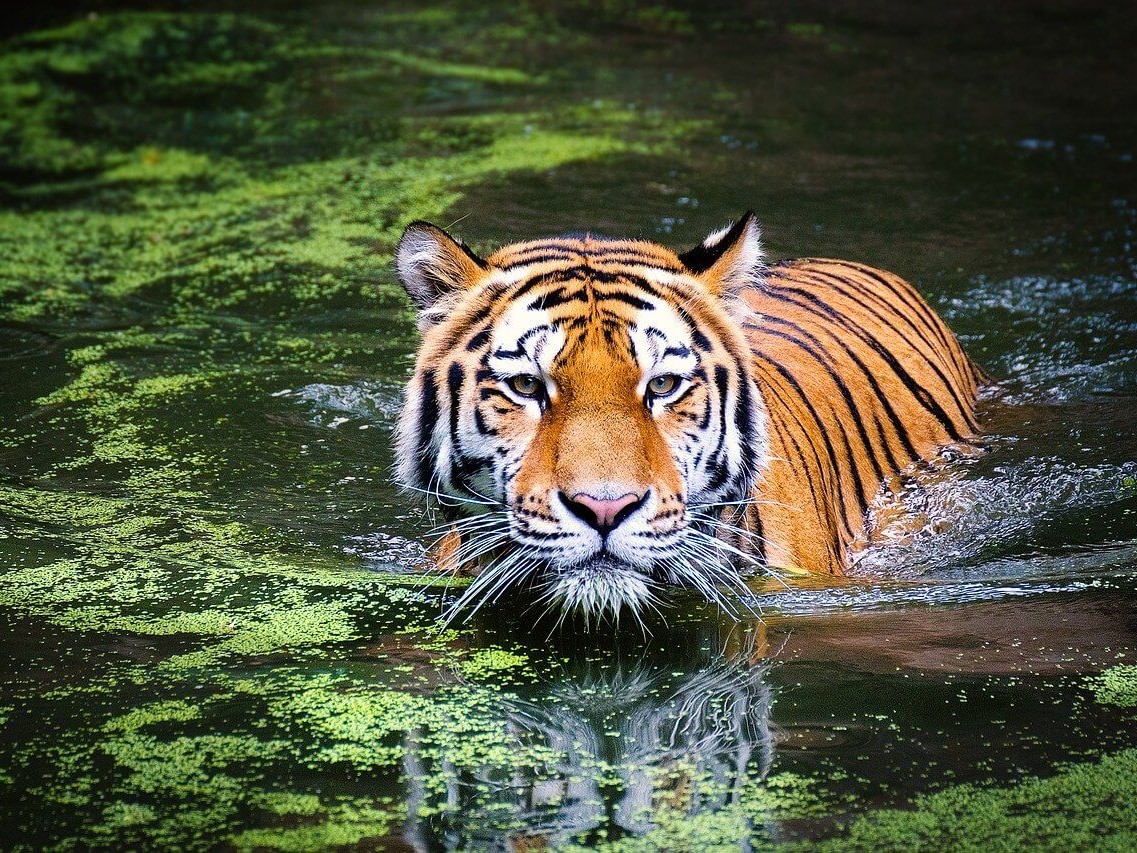
Using AI for Wildlife Conservation
AI for Wildlife Conservation
There is no doubt that technology continues to revolutionise every corner of our lives. Have you considered though, how technologies could be used, such as AI, for wildlife conservation?
What Is Artificial Intelligence?
AI stands for artificial intelligence.
Whilst the term might conjure images of robots taking over the world, it can take many less terrifying forms.
The fundamental idea behind artificial intelligence is that it involves machines being able to process information in a way which is similar to the human brain.
AI refers to technology which can solve problems and learn in the same way as humans can.
The video below provides a much better explanation of AI than I can give if you are interested in learning more!
Case Studies in Using AI for Wildlife Conservation
PAWS
PAWS stands for Protection Assistant from Wildlife security and could change the face of poaching protection patrols.
It aims to inform rangers of where poaching activity is most likely to take place.
It does this by crunching through datasets relating to past events.
To understand how this works, I like to think about weather forecasting. As I understand it, meteorologists take past data sets to inform the future.
To put it simply, they look at what the situation is now and then take a look back through their data to find all the occasions when the same circumstances arose. They look at those historic events and determine what came next. Did it rain heavily every time? Did weeks of sunshine follow? This knowledge is used to work out the most probable future outcome.
In the same way, the PAWS program takes data relating poaching. It could be where traps have been found or where evidence of human activity is spotted.
Human activity is seldom random. The data is combined with a map of the local area and the intelligent software can gain a good idea of where poachers might next focus their efforts.
As in weather forecasting, the more data we have, the more accurate the outcomes. The technology should improve over time.
The project aims to ultimately determine the routes rangers take when patrolling the area.
Mongabay have an excellent article on this technology.

Whale Songs
Google is also dipping its toe into wildlife conservation, developing AI for recognising whale song.
Alongside Fisheries and Oceans Canada, they have recorded over 2000 hours of audio from killer whales in the Salish sea.
The technology is able to identify the cause of many of the sounds they are making.
There are now 12 locations listening for the whales. Scientists can track their movements in real time. When they are injured or distressed, they will have instant data that can help to inform when intervention is needed.
This technology could instrumental in saving the population in the area from collapse.
It might be transferrable to many other species in future!
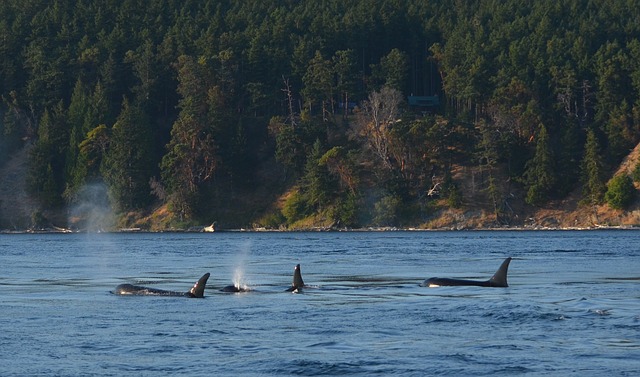
Tracking Tigers
Google aren’t the only ones helping to provide AI for wildlife conservation.
2022 is the next year of the tiger in China. They are taking steps to increase the wild population of tigers in the country before then.
Intel have teamed up with the World Wildlife Fund to aid efforts to do just that.
Their software has “learned” to recognise tigers from trap capture images. Amazingly, it can even recognise them at an individual level based on their stripe patterns!
For humans to trawl through photos and identify animals is a long and slow process. This also makes it expensive and we all know that cash for conservation can be hard to come by.
This technology can provide data sets which indicate population sizes, movements and behaviours more efficiently and accurately than ever before. This will allow scientists to draw up plans for their protection that target their greatest needs.
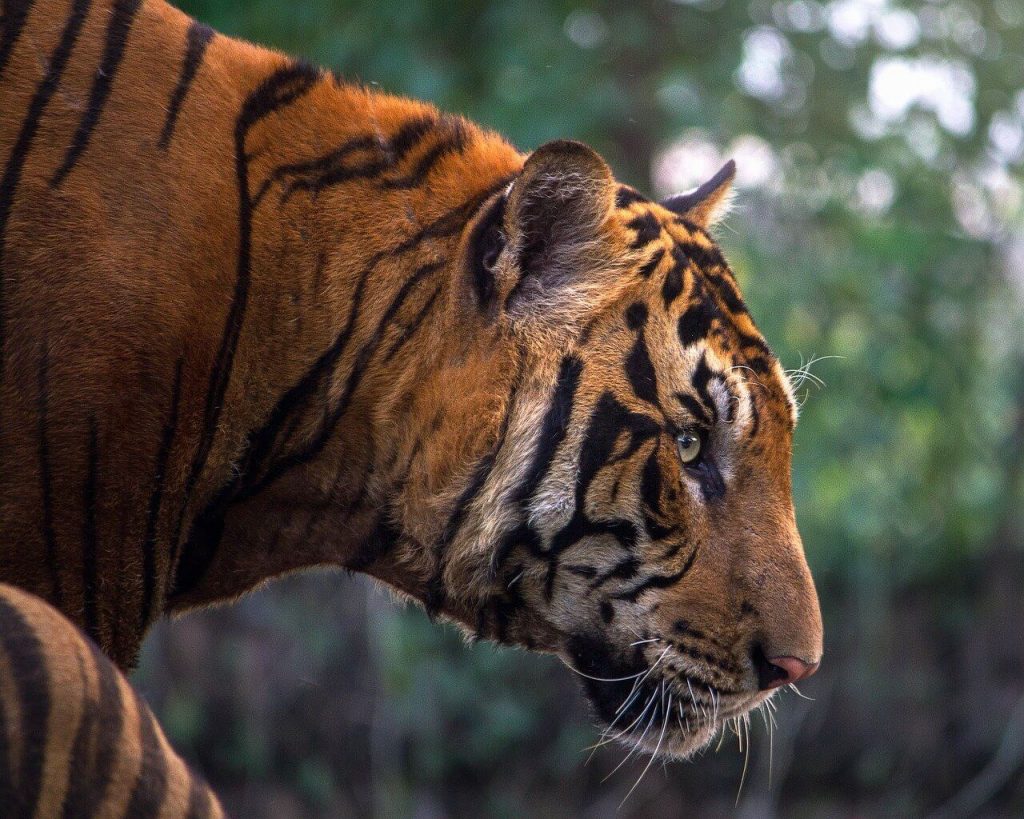
The Future
It is easy to pessimistic about the role of technology in society. It’s clear, however, that it also has a role to play in making the future brighter.
We could predict our own behaviour before it happens and use this knowledge to reduce our impact on wildlife.
Surveying is long and monotonous work that is often overlooked and underfunded. AI could vastly reduce the time and cost involved in this vital work.
There are almost certainly ways in which we can use AI for wildlife conservation that no one has even dreamt of yet.
I reckon it could be time to embrace the new and see what it has to offer.
One Wild Thing
If you read my article on citizen science projects to get involved in, you’ll already be aware that I am a big fan of Zooniverse.
Zooniverse allows you to get involved in real life science projects from behind your own computer screen.
A big chunk of the projects on there involve using volunteers to “train” artificial intelligence.
Photo recognition programs, for example, are made by showing the software thousands of pictures. Humans are required to go through and tell the software what something looks like until it can recognise it by itself.
For example, a recent study I took part it was looking for raccoons in photos. A computer doesn’t automatically know what a raccoon looks like so I helped to show it. I was given a series of photos and had to identify whether or not there was a raccoon in the photo and indicate where it was.
Once the program has encountered thousands of raccoons it starts to “learn” what to look for. The ultimate aim is that it can recognise a raccoon without any need for human intervention.
If you are interesting in doing your bit to aid AI in wildlife conservation, get signed up to Zooniverse and get involved today!



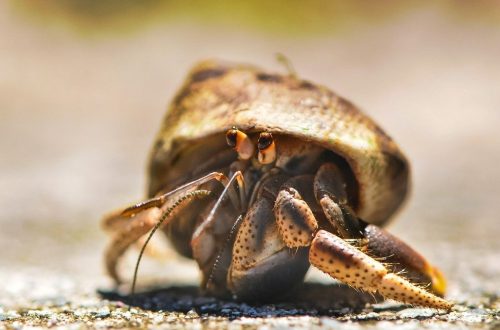
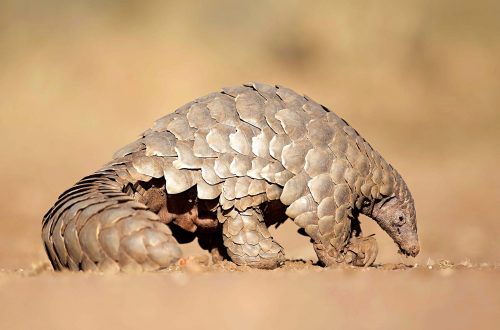
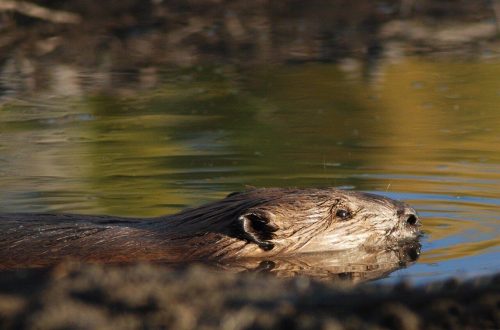
One Comment
Pingback: